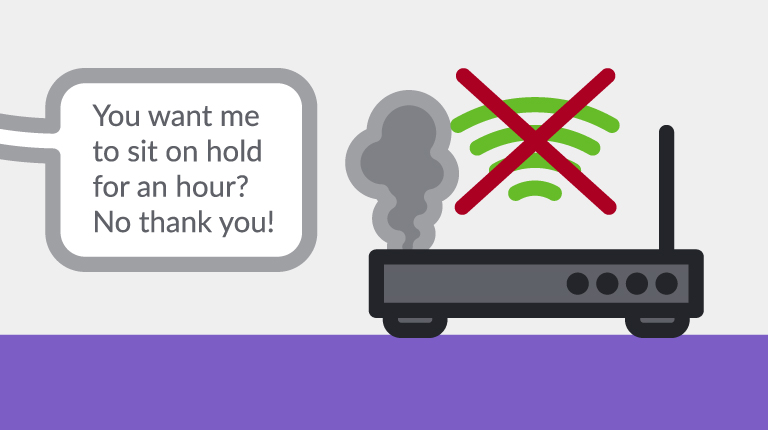What is an ideal customer experience? For me, it is natural, frictionless and productive; regardless of the brand I’m dealing with, the time of the day, or the channel I use. Now think about the different channels you use to interact with a brand – it could be the website, the mobile application or the trusty phone call to customer service. Do all of these channels stand up to your definition of an ‘ideal customer experience’?
Maybe it’s hard to find the right information on the website, or navigate around the app. When you call the customer service number, maybe you are put on a hold for a long time before you speak to someone who can resolve your issue. Though the challenges with all these channels seem different, the solution is the same – moving to a voice user interface. Here are 4 reasons why voice is the future of customer experience.
1) Voice technology has come a long way
Using your voice to interact with technology is certainly not something new. But voice user interfaces have come a long way in past few years. Gone are the days when we had to deal with rule-based systems that forced us to speak in a certain way. Research and development in speech and language fields allow us to interact with machines in highly conversational and natural manner. Products, machines, and applications can now understand different languages, accents, dialects and even distinguish multiple speakers at once. From simple tasks such as telling your Alexa to “turn on the living room lights” to complex medicare enrollments over the phone, voice UI makes everything easier and more convenient.
2) We already know how to use our voice
People usually need a certain amount of time to ‘ get used to’ a new piece of technology. Using a website for the first time, navigating around a mobile app or installing your first smart thermostat. Add the user’s learning ability, age, language and device complexity to it, and you have yourself even a steeper learning curve. Voice eliminates all of these challenges.
Case in point: per Google, over 20% of mobile searches are already done through voice. WeChat claimed that 5 out of every 6 messages is sent using voice and WhatsApp alone processes over 200 million voice messages every single day. We all know how to use our voice, so giving voice commands or sending voice messages comes naturally to all of us.
3) UX and CX are tightly interlinked
Let’s take a step back and define these terms. User experience (UX) is the way a user interacts with a product – physical or online. UX is measured in terms of adoption rate, abandonment rate, completion rate and error rates. Naturally, products that are more difficult to use have a poor UX. A user’s previous knowledge and demographics have a huge impact on UX success metrics.
Customer experience (CX) is the way a customer interacts with a brand, it is measured in terms of CSAT scores, NPS score, customer effort etc. CX is crucial at all the different stages of the customer journey, from initial engagement with the brand to customer care. It is impossible to offer a stellar CX if your UX is clunky, and vice versa. Voice has the potential to improve both UX and CX.
4) With Voice, the possibilities are endless
With sophisticated speech recognition and natural language processing, you could search on a website or navigate an app using your voice, you could effectively talk to your car or a smart refrigerator. Similarly, you could use a virtual assistant to talk to various brands – for something as trivial as ordering food to as complex as purchasing your medical insurance. Modern voice interfaces are universally designed – meaning that they serve customers of various ages and demographics.
Voice has already addressed most of the typical challenges of technology adoption. And this is only the start. If implemented correctly, voice can be the customer communication channel with the least amount of friction. Let us know how you are planning to implement voice in your UX or CX strategy in 2018.





